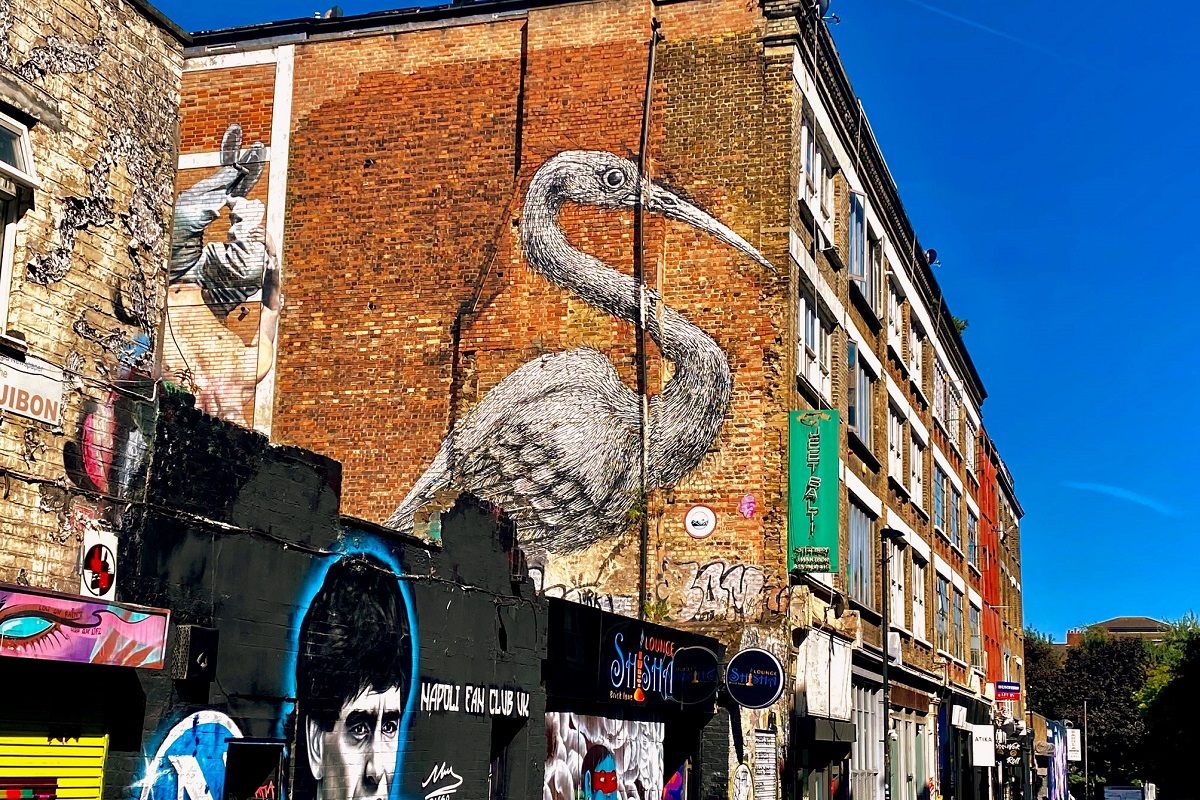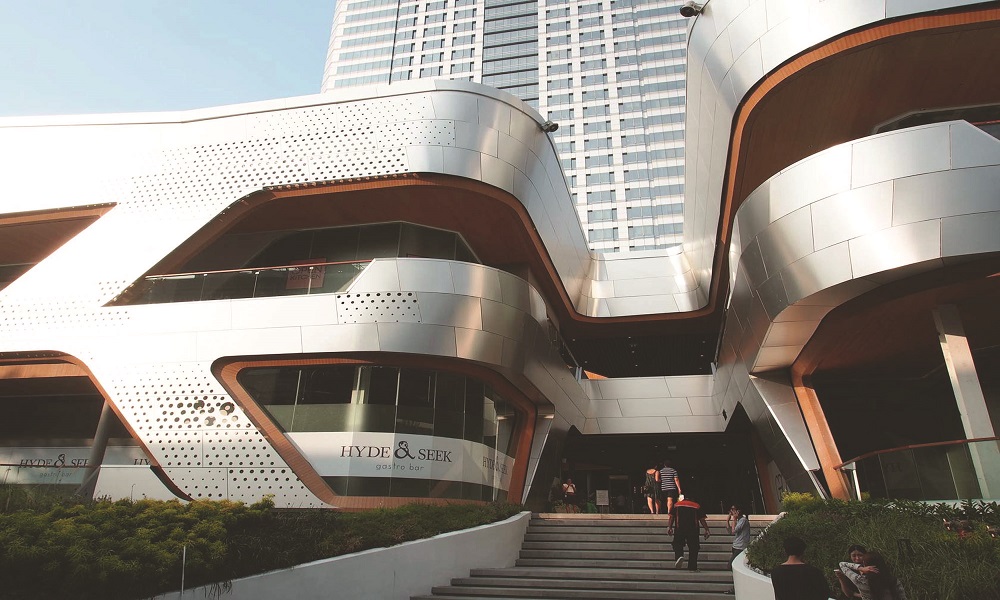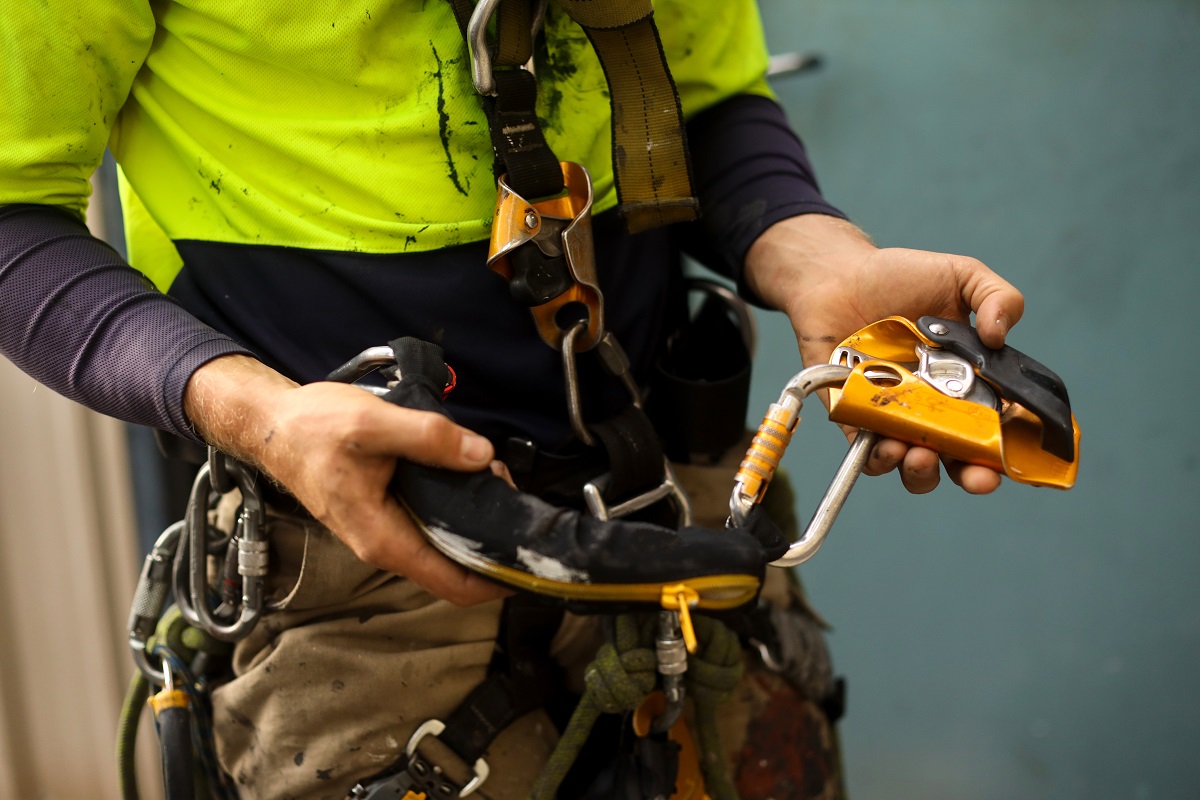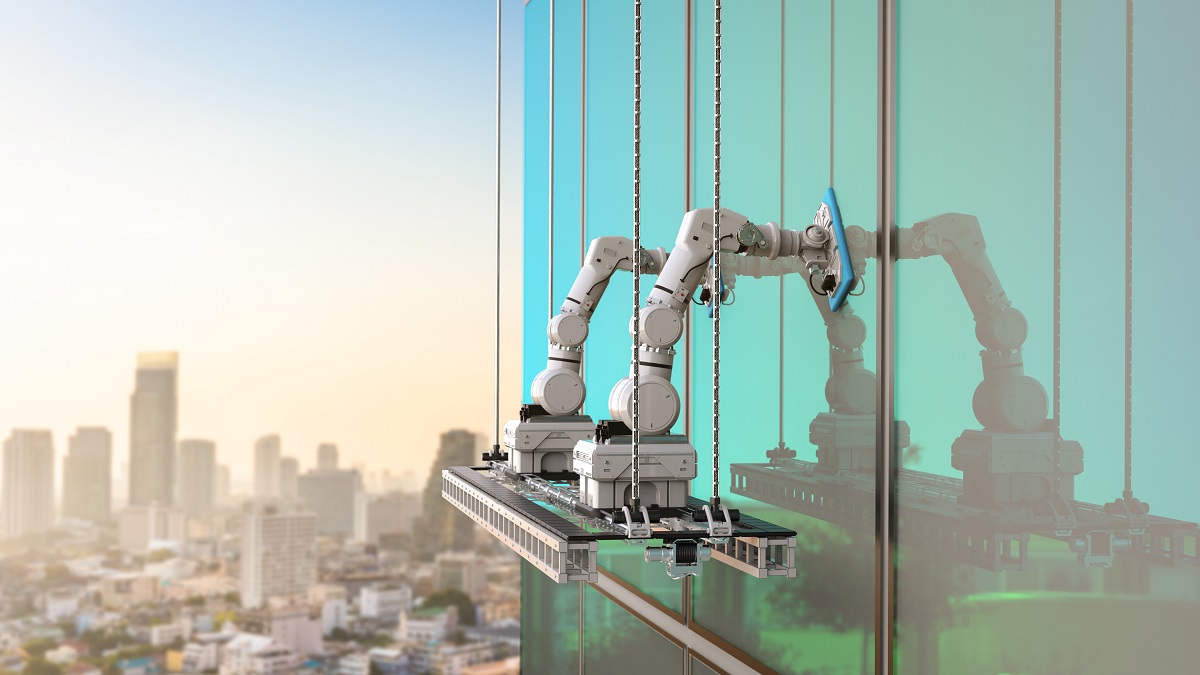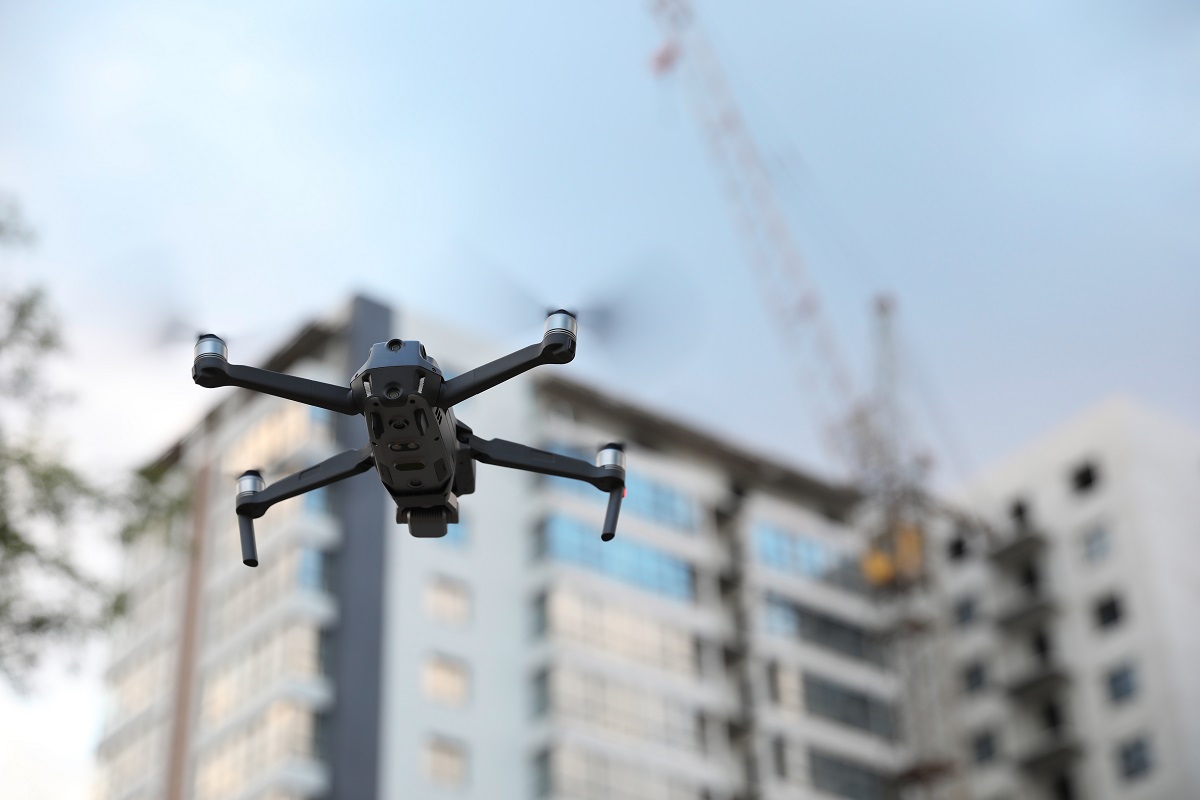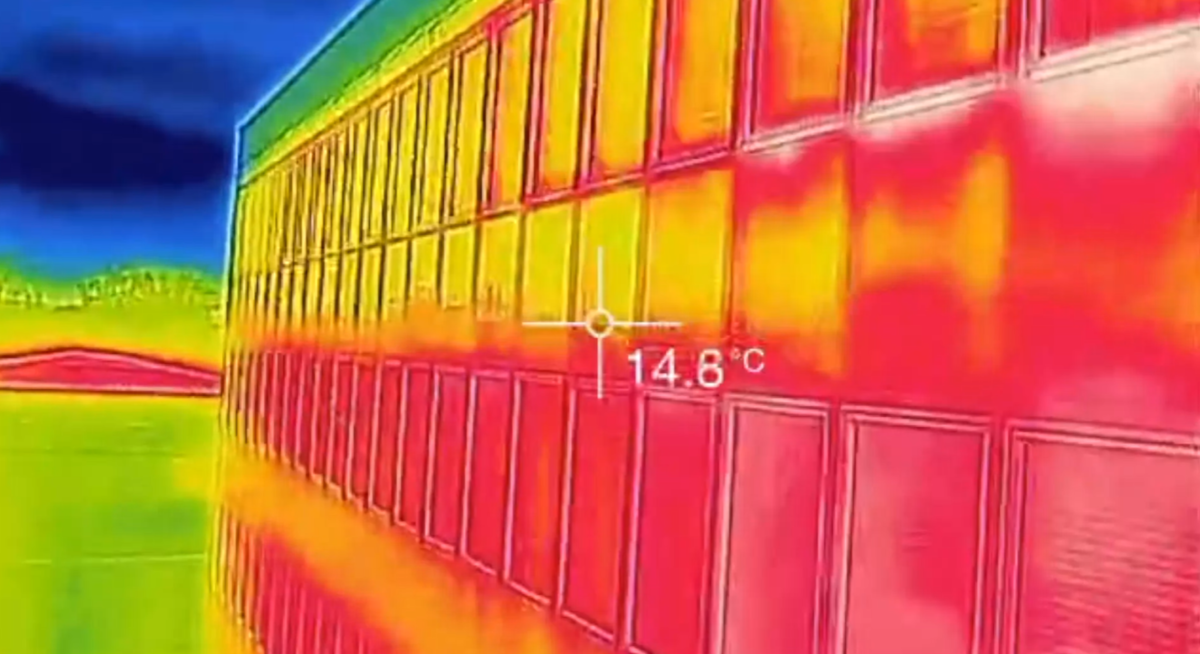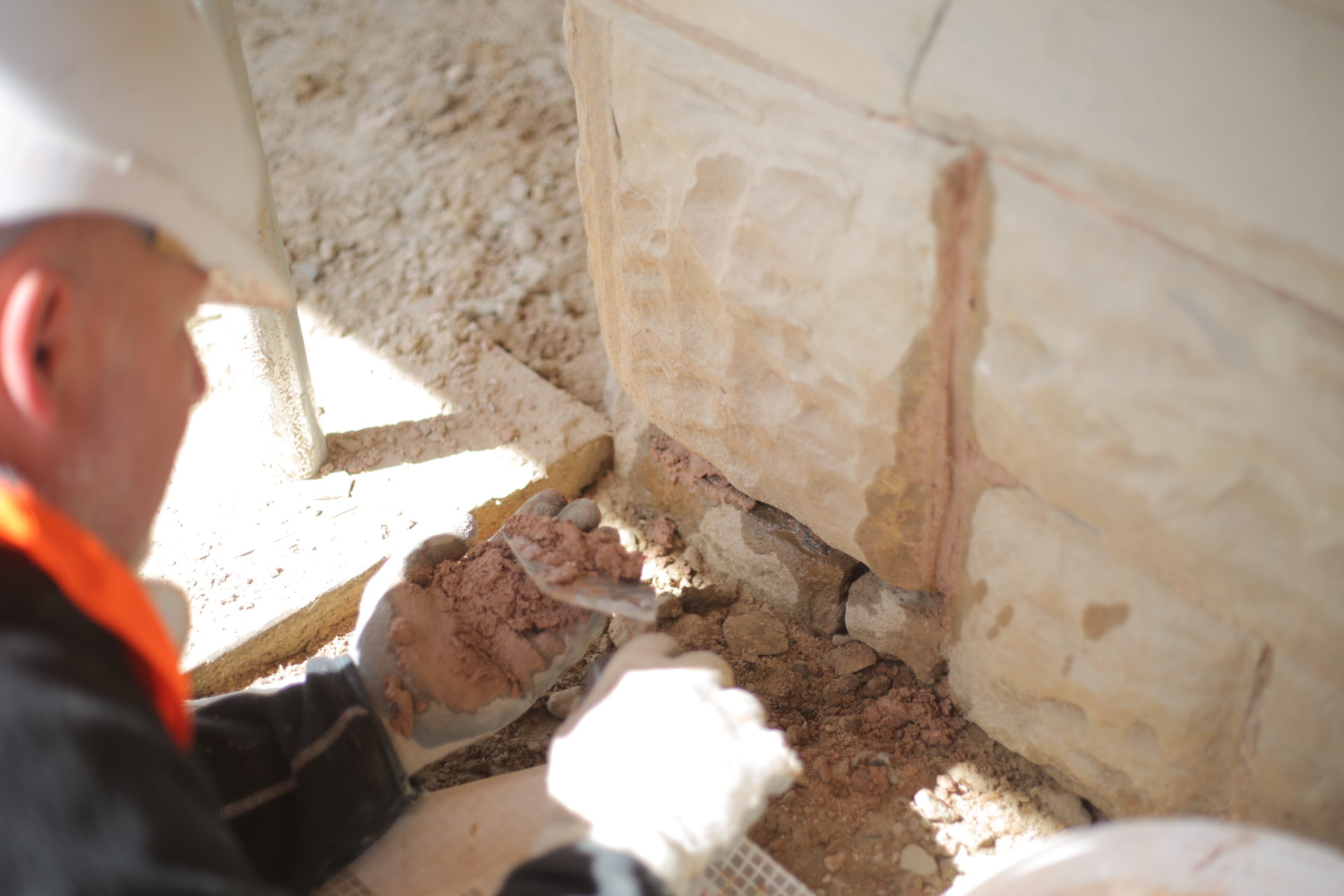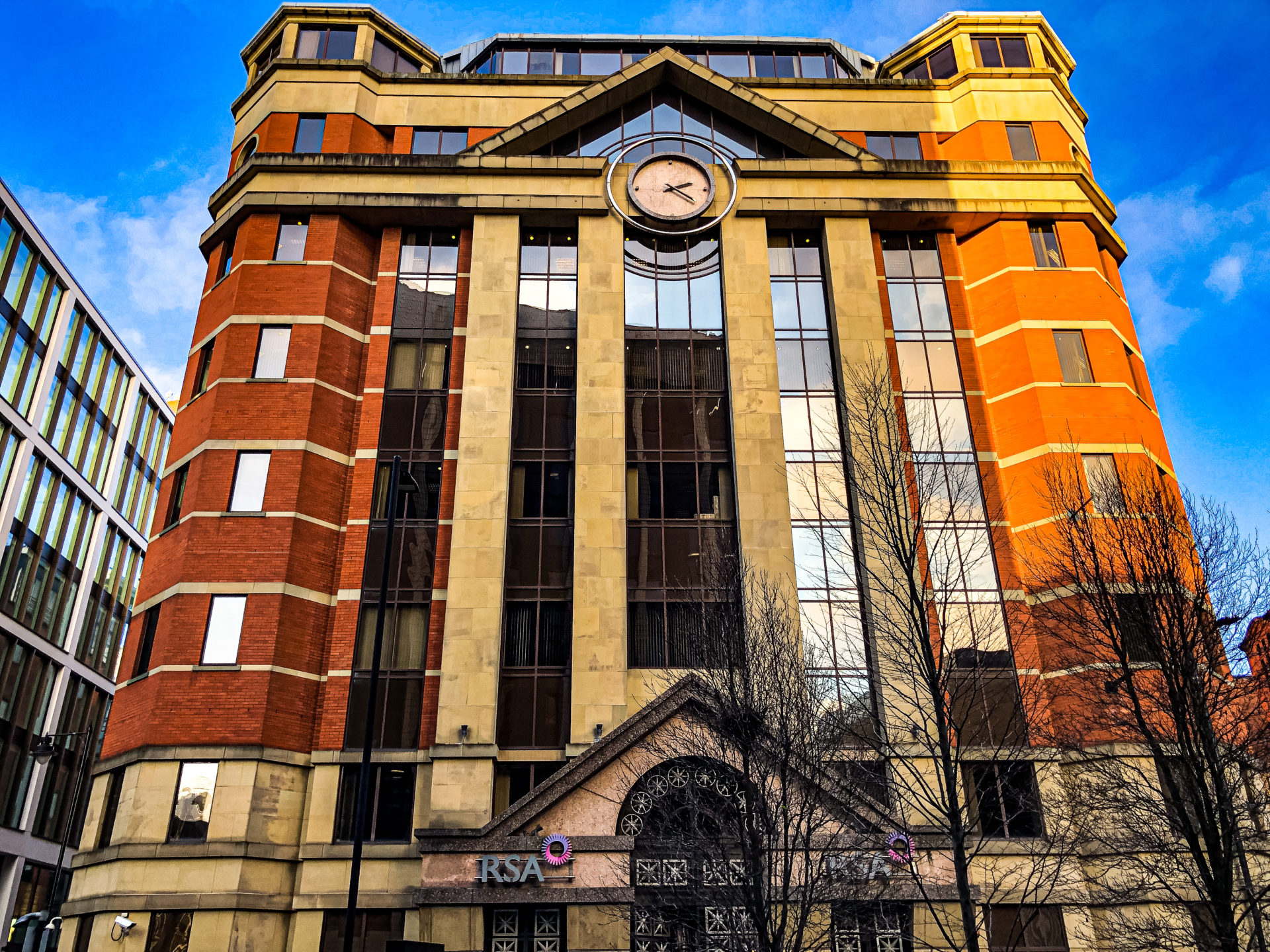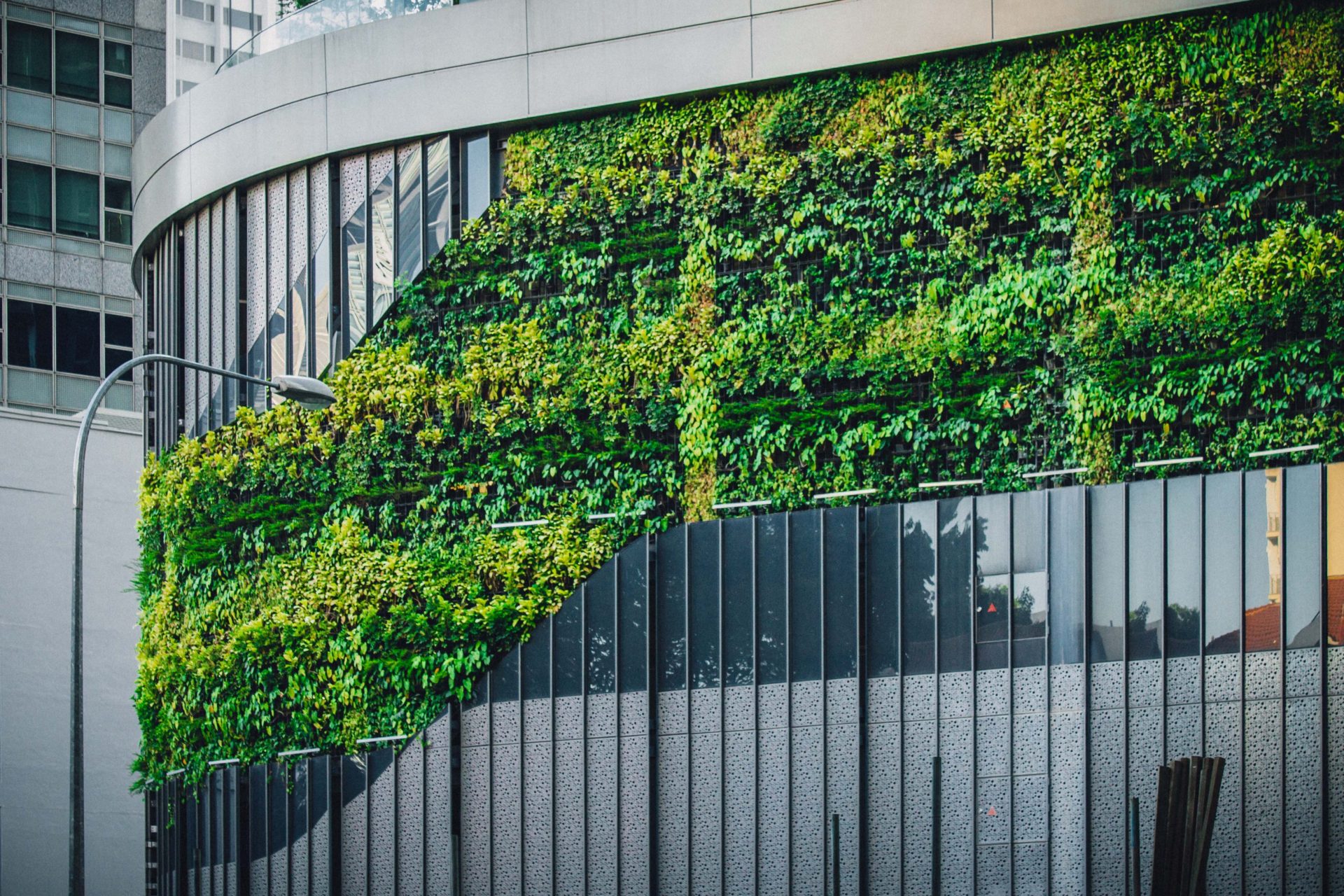The truth is its rather subjective – and context is key!
Physical Graffiti is a 1975 album by rock giants Led Zeppelin. Depending on your point of view it could be a band at the top of their game defining the pre-punk rock landscape or the overrated end product of an overpaid, over-indulgent guitar band with a screeching vocalist.
Subjectively, it could be art or it could be viewed somewhat more negatively – just like its namesake, graffiti art is often labeled vandalism or defacement of buildings – and may we remind, a punishable crime!
Graffiti ranges from simple written words to elaborate wall paintings, and has existed since ancient times, with examples dating back to ancient Egypt, Greece and the Roman Empire. Modern graffiti seems to have appeared in Philadelphia in the early 1960s, and by the late sixties it had reached New York. The new art form really took off in the 1970s – around the time Led Zeppelin released their famed album cover – when people began writing their names, or ‘tags’, on buildings all over the city. Since then proponents of graffiti art have fought to have it taken seriously but it was rarely seen in galleries and museums. Until now…
Banksy and others like Barry McGee and have changed all that, with their work exhibited in commercial spaces. Perhaps therefore perception is changing.
In fact this summer Italian architect Carlo Ratti initiated installations of ‘paint by drone’ — which used a canvas installed in the city’s Aurelio Peccei park, inside an industrial structure that previously belonged to Italian car manufacturer Iveco – in Turin.
And here he is building on a long term plan to paint empty urban surfaces across the world — not by hand, but by drone. His studio has developed the ‘paint by drone’ system that can draw on building façades, turning any blank surface into an artistic space for urban data visualisation.
Back in 2017 a fleet of one metre wide unmanned aerial vehicles carrying spray paint tanks were filled with paints and, equipped with sensors, the drones were programmed to draw content submitted digitally via an app, while a central management system regulated their operations in real-time. Ratti justified the experiment by saying our cities are filled with blank vertical surfaces and with ‘paint by drone’ he could unleash the potential of ‘phygital graffiti’.
He explained that any façade could then ‘become a space where to showcase new forms of open-source, collaborative art or to visualise the heartbeat of a metropolis through real time data’. The idea that many people can contribute to the project to generate a result in which the final drawing is more than the sum of its parts is rather appealing – and highly collaborative.
It is an extremely interesting premise and the idea that artists – or even everyday citizens – can illuminate their city and transform, on the face of it, dull façades into vibrant objects has to be applauded.
As leaders in facade (and roof) maintenance and cleaning you might think we would be totally against this – because yes, graffiti can be a long process to remove! And yet, like the aforementioned album, whether it’s ‘art’ or not is rather subjective. With leading architects and artists, like Ratti and Banksy, challenging the notion that ‘graffiti is ugly, stupid and vaguely threatening’* just maybe we will see an increase in this slightly more ‘controlled graffiti art’ or ‘phygital graffiti’ across our cities in the future.

